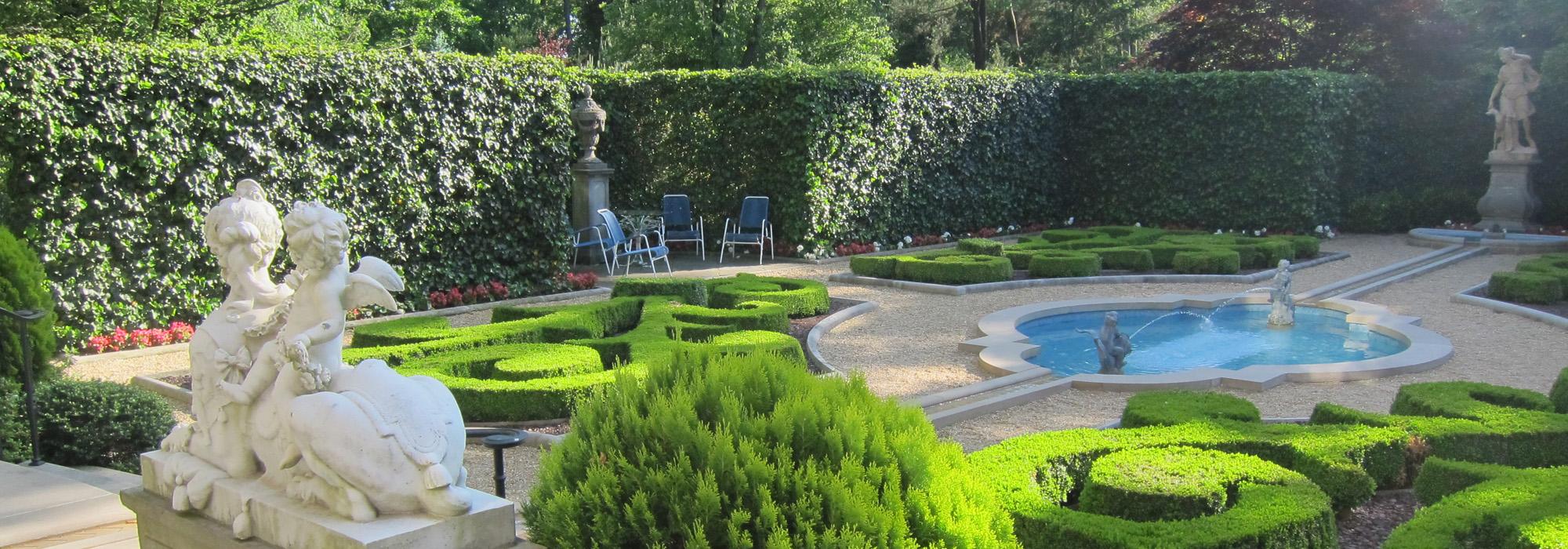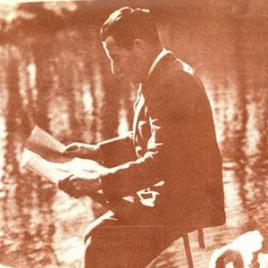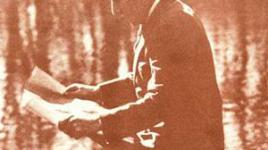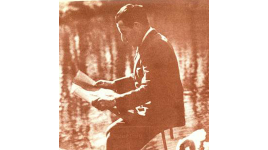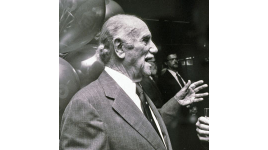Pioneer Information
Born outside Florence, Italy, Umberto Innocenti came from an agricultural family. He attended the University of Florence, and in 1925 traveled to America to study landscape architecture. Innocenti is known for his hands-on approach and mastery of planting design.
Innocenti began at the office of Ferruccio Vitale and Alfred Geiffert, Jr., leaving in 1931 to start the firm Innocenti & Webel in Roslyn, Long Island, with his business partner, Richard K. Webel. Webel was the firm’s draftsman and theorist, while Innocenti’s role with the firm was primarily in the field. Unlike Webel, he neither drew nor relied on theory to inform his work. His skill came from his intimate knowledge of horticulture and a passion for his medium.
On site, Innocenti managed work crews and interacted with clients. He developed long-term working relationships with local nurseries, allowing the firm to utilize mature plant specimens in a planting method they called “final planting”-- using large trees and masses of plant material as opposed to immature specimens.
Innocenti & Webel thrived during the Depression years. Over its’ long history the firm completed hundreds of major projects, including the residences of Landon K. Thorne, Mrs. Evelyn Marshall Field, Howard K. Phipps and Robert J. Winthrop on Long Island, the Reader’s Digest Headquarters in Pleasantville, New York, Keeneland in Lexington, Kentucky, the Greenbrier Hotel in White Sulphur Springs, West Virginia, and Furman University in North Carolina.



